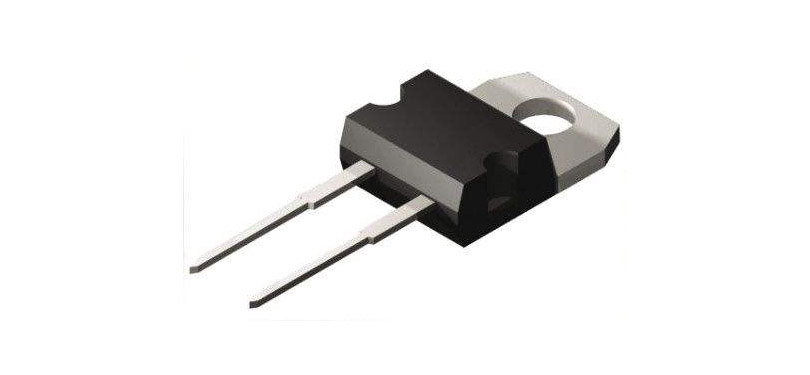

Schottky diode, also known as Schottky barrier diode (abbreviated as SBD), is a kind of low-power, ultra-high speed semiconductor device. This article mainly introduces the advantages and disadvantages of Schottky diodes.
The main advantages of Schottky diodes include two aspects:
1. Since the Schottky barrier height is lower than the PN junction barrier height, both the forward conduction threshold voltage and the forward voltage drop are lower than the PN junction diode (about 0.2V lower).
2. Since SBD is a majority carrier conduction device, there is no minority carrier lifetime and reverse recovery problem. The reverse recovery time of the SBD is only the charge and discharge time of the Schottky barrier capacitor, which is completely different from the reverse recovery time of the PN diode. Since the reverse recovery charge of the SBD is very small, the switching speed is very fast and the switching loss is also particularly small, which is particularly suitable for high frequency applications.
However, since the reverse barrier of the SBD is thin and the breakdown occurs easily on the surface thereof, the reverse breakdown voltage is relatively low. Since the SBD is more susceptible to thermal breakdown than the PN junction diode, the reverse leakage current is larger than the PN junction diode.
In addition to the advantages and disadvantages of Schottky diodes as mentioned above, the biggest feature of Schottky diodes is that the forward voltage drop VF is relatively small. In the same current situation, its forward pressure drop is much smaller. In addition, its recovery time is short. It also has some disadvantages: it has a lower withstand voltage and a slightly larger leakage current. Take full consideration when choosing.




